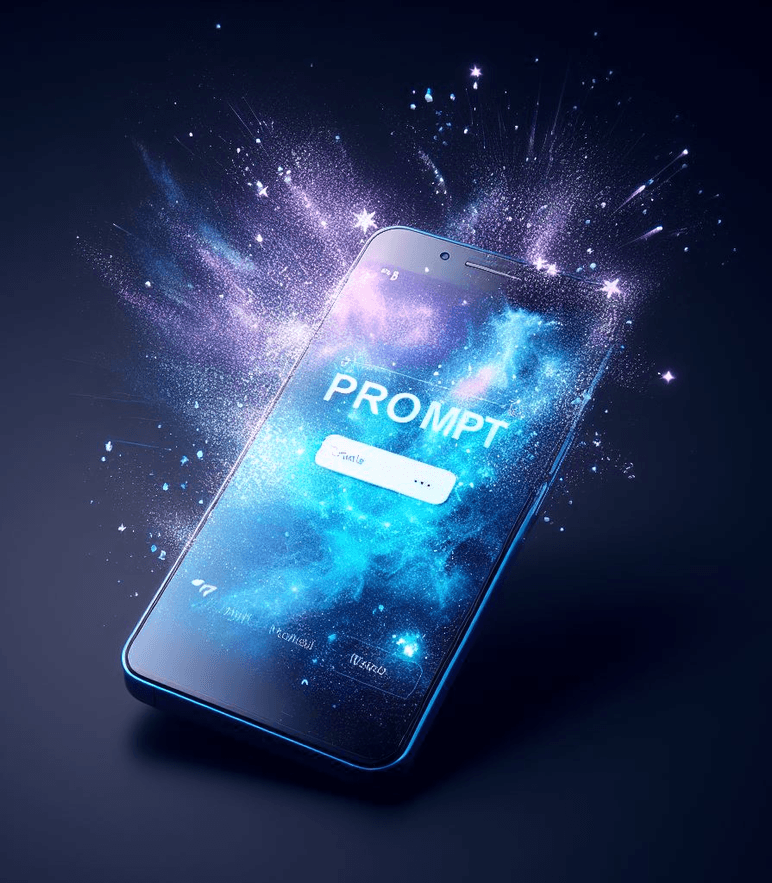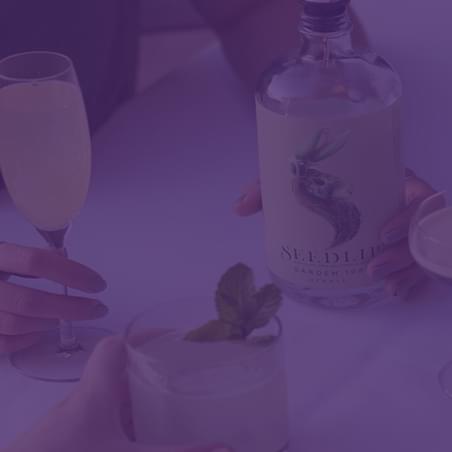Insights

28 Nov, 2025
Five Products: Showing How Sound Shapes Modern Consumer Experience
Read MoreGood listening is about much more than being silent while the other person talks. To the contrary, the best listeners are those who ask questions that promote discovery and insight.
In the context of getting closer to consumers to better understand what really matters to them and underpin their choices, brands need to listen to consumers. If we look at traditional market research, this often means that brands ask consumers for views on what matters to the brand. This almost immediately conjures up images of closed response sets, often based on what we already know.
And, of course, there is a place for standardized best practice metrics to provide benchmarks and support repeatable performance measurement. But does that really tell us what matters to the consumer?
When we place the consumer at the heart of what we do, there is an opportunity to do better, to think about consumer closeness differently. This is the opportunity to meet consumers where they are and engage with them on their terms.
At MMR, we believe the way to realise this opportunity is by making sure the way we do research keeps pace with the evolution of human communication in a digital age. The prolific adoption and use of messenger platforms like Facebook Messenger and WhatsApp means that there is an opportunity to engage in conversation with consumers on a platform like this that instantly feels intimate and familiar to them.
This year’s Value Decoded project gave us the perfect opportunity to build on the early release of in-survey chatbot questions to evolve into the launch of a standalone chatbot consumer engagement. In this two-way dialogue, the chatbot is the listener, who listens and asks questions, acting like a sounding board to the consumer, allowing them to feel heard and understood.
Partnering with Nexxt Intelligence, and leveraging their Inca bot platform, our chatbot used Generative AI to craft unique responses in every conversation that demonstrate understanding and empathy. Sometimes it might play back a participant’s words to them, a powerful way of establishing rapport and saying, “I hear you”. In other cases, it might interpret responses as a way of reflecting understanding. And sometimes, even a chatbot might feel somewhat stumped by a response, and so it would honestly ask, “Hmm I think I know what you mean, but could you explain a bit more?”.
It is easy to see why consumers would humanize the chatbot in such a conversation, “You were fun and friendly it made the survey easier because I felt like I was talking to someone and having a proper conversation”.
There is something in the anonymity of an artificial engagement, and the tendency to humanize a chatbot that creates a safe space, where consumers share their experiences, feelings, and thoughts, openly and authentically, through a two-way conversation about what matters to them.
In the Value Decoded project, we turned to a chatbot to help us reach a notoriously hard-to-engage consumer group, Gen Z, by meeting them where they are – in their mobile, always-on, connected world. This is where they already spend so much of their time chatting to friends and family – and now to our chatbot too. As each chatbot conversation unfolded, we gained deeper insight into the experiences and expectations of this generation as they shop for groceries.

Well first it was about the price range. The normal brand was actually more expensive than the store brand. When I got to cook and taste it, it had a taste of home, not sure if that makes sense but it reminded me so much of home and my family, now I always buy it. It gave me the same feeling that I would feel when I was at home and it was prepared by my mother, the texture and everything. I think I will only continue buying it when I miss home.
21–26 year-old, female
As this story illustrates, the discovery power of a two-way chatbot conversation helped us to step well beyond the purely functional and rational drivers of preference. In this case, it helped us to better understand the role of nostalgia, the memories of home, family, and a mother’s cooking. We know that nostalgia itself can invoke strong feelings of security and comfort. For a generation that carries a deep uncertainty about the future, nostalgia matters even more. It starts to carry an air of optimism and forward thinking. This is where Newstalgia enters – using the past as inspiration to create something new. For brands looking to win over Gen Z, this represents a significant opportunity to embrace nostalgia in a way that inspires this generation to look into the future with hope and excitement.

It is in the art of conversation, combined with the power of AI, that discovery sparks. This is where we unlock whole-hearted consumer closeness – in their words, where they are, on their terms.
Ansie Collier is Global Innovation Director, Nova – part of the MMR Group.
Insights

28 Nov, 2025
Five Products: Showing How Sound Shapes Modern Consumer Experience
Read MoreNews

25 Nov, 2025
'If Your Product Updates Don’t Match the Frequency of Smartphone Upgrades, You'd Better Rethink Your Strategy.”
Read MoreNews

22 Oct, 2025
NEWS RELEASE: Non-Alcoholic Beverage Inventor, Ben Branson Calls for More Originality
Read More